*
I am getting ready to skim coat an old plaster wall with dry wall topping compound. I haven’t decided if I need to use a bonding agent before skim coating. Is it safe to just clean the walls before the topping?
Discussion Forum
Discussion Forum
Up Next
Video Shorts
Featured Story
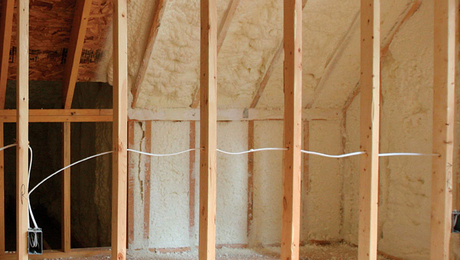
Get expert recommendations on designing an efficient HVAC system for a single-story home with a conditioned crawlspace and attic.
Featured Video
SawStop's Portable Tablesaw is Bigger and Better Than BeforeHighlights
Fine Homebuilding Magazine
- Home Group
- Antique Trader
- Arts & Crafts Homes
- Bank Note Reporter
- Cabin Life
- Cuisine at Home
- Fine Gardening
- Fine Woodworking
- Green Building Advisor
- Garden Gate
- Horticulture
- Keep Craft Alive
- Log Home Living
- Military Trader/Vehicles
- Numismatic News
- Numismaster
- Old Cars Weekly
- Old House Journal
- Period Homes
- Popular Woodworking
- Script
- ShopNotes
- Sports Collectors Digest
- Threads
- Timber Home Living
- Traditional Building
- Woodsmith
- World Coin News
- Writer's Digest
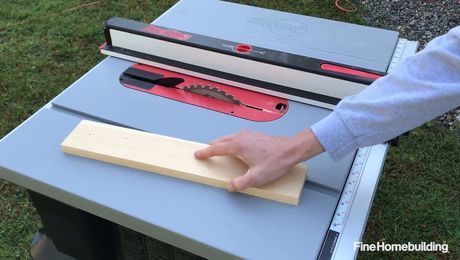
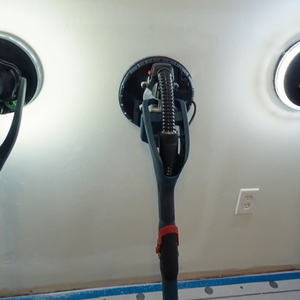

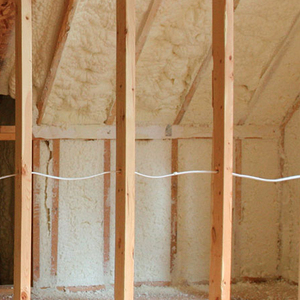
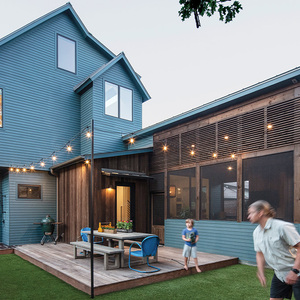













Replies
*
I have never had a problem skimming plaster with compound. I use regular mud vs. topping or litewt. as there is I'm told more adhesive stuff in it. However, if you're concerned, a product called plasterweld (I think) can be applied first. Best of luck.
*
If it's an old plaster wall I will presume that it's over the years been layered with paint. If so, then what you'll be bonding to is some combination of paints and not raw plaster. Question then becomes: is this buildup a good-enough substrate for your skim coat? If there's oil on the wall and latex in the new mud that's "thin over thick." An additional bonder might or might not do the trick. In a nutshell, the majority of the answer is found in the question properly framed.
*
Henry, For the time and cost of adding a bonding agent vresus what may happen down the road, I would use Plasterweld as already mentioned. I've used it mixed into dry material instead of or with water for patching holes and bonding directly to non plaster surfaces. Good Luck Skip down on the coast
*Henry, having done lots of skim coating plaster walls, the procedure I found that works best is: 1)wash walls with TSP and rinse well to remove any grease, dirt, etc. 2)open up cracks wide and deep down to the lath. 3)coat crack surfaces with straight bonding agent like PlasterWeld. 4)mix plaster with combination of bonding agent and water (the proportion escapes me now, but is on the can). 5)top with plain joint compound skim coat. The resultant walls have always held up well for me with no cracks or delamination of skim coat. I also believe that standard joint compound has the best adhesive quality.
*
I am getting ready to skim coat an old plaster wall with dry wall topping compound. I haven't decided if I need to use a bonding agent before skim coating. Is it safe to just clean the walls before the topping?